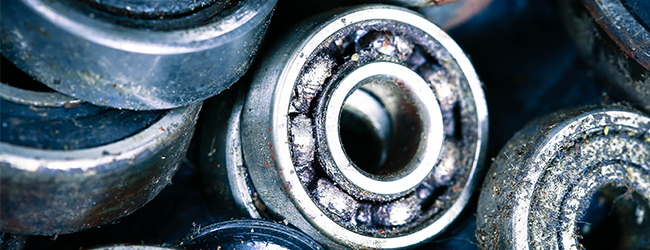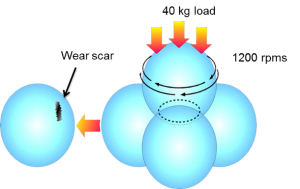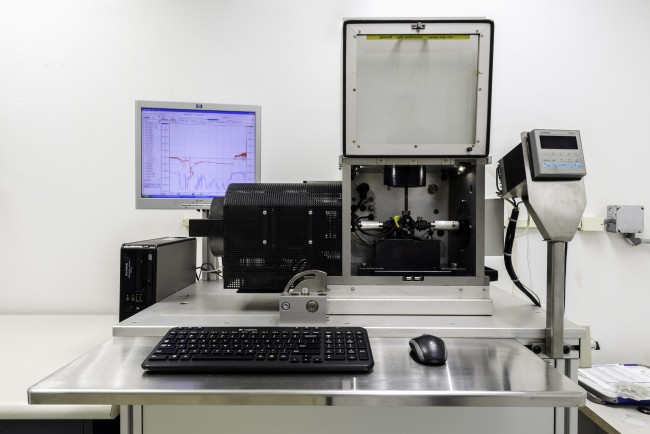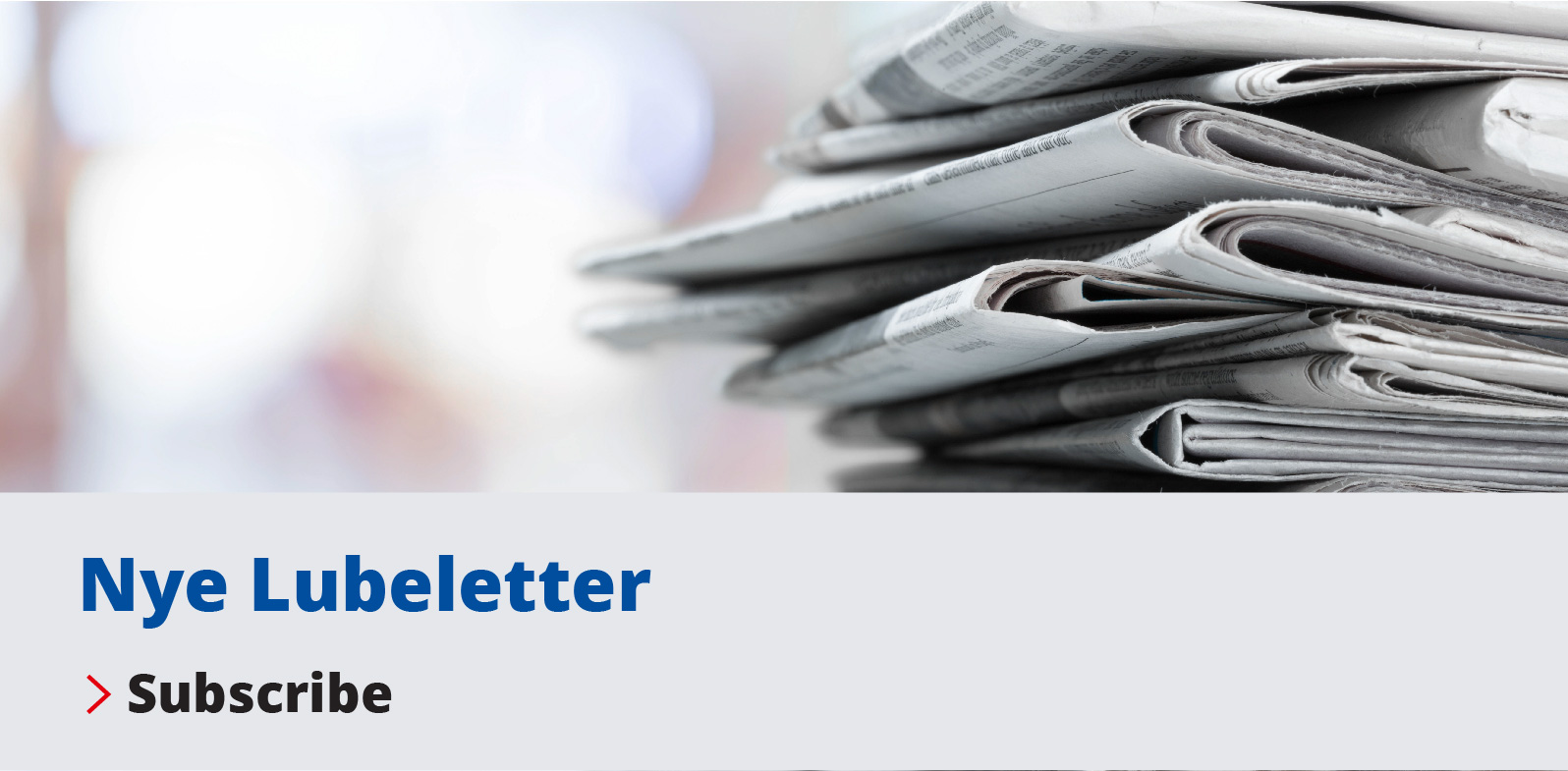All About Additives – Extreme Pressure and Antiwear
According to the Department of Mechanical Engineering at MIT, the wastage of resources resulting from high friction and wear is greater than 6% of the Gross National Product. There are several different types of mechanical wear mechanisms that can occur in a lubricating system, including adhesive wear, abrasive wear, pitting, and spalling.

Wear preventative additives are necessary component in lubricants that will be used in applications that are prone to such damage. Wear preventative additives fall into two categories: Extreme Pressure agents and Antiwear agents.
Extreme Pressure and Antiwear additives both function by depositing a protective barrier via a reaction on the metal surface. Antiwear additives are generally used under mild conditions of low loads and high speeds to reduce the rate of continuous and moderate wear. The additive helps coat the application surface to protect the metal from wear over time. Common examples of Antiwear additives are triarylphosphates and zinc dialkyldithiophosphate.
Extreme Pressure additives are usually used under heavier loads, at high temperatures and low speeds to prevent catastrophic failure or seizing of the application. Common examples of Extreme Pressure additives are molybdenum disulfide, graphite, sulfurized olefins and dialkyldithiocarbamate complexes.
Wear Testing
Friction and wear properties of a grease or oil can be measured in different ways. The most popular are via the 4-Ball Wear and SRV tests.
 During the 4-Ball Wear test, a steel ball is rotated against three stationary lubricated balls. The test is typically run at 1,200 rpm and 40 kg of load at 75°C for 60 minutes. Results are presented as wear scars of the stationary balls which are measured and averaged, along with the coefficient of friction (COF). Testing using 4-ball wear is covered by ASTM methods D-2266 (greases) and D-4172 (oils).
During the 4-Ball Wear test, a steel ball is rotated against three stationary lubricated balls. The test is typically run at 1,200 rpm and 40 kg of load at 75°C for 60 minutes. Results are presented as wear scars of the stationary balls which are measured and averaged, along with the coefficient of friction (COF). Testing using 4-ball wear is covered by ASTM methods D-2266 (greases) and D-4172 (oils).
The 4-Ball EP method (ASTM D-2596) measures the Load Wear Index and Weld Point of a lubricant. This test differentiates between lubricating greases having high, medium, and low levels of extreme-pressure properties by measuring the load carrying capability of a lubricant and the relative ability of a lubricant to prevent wear under such applied loads. In the test, each load stage uses a fresh set of balls and lubricant and is run until the grease seizes and welds.
A second way we measure friction and wear at Nye Lubricants is by using an SRV instrument. SRV stands for Schwingung (Oscillating), Reibung (Friction), Verschleiž (Wear). SRV measures the physical interactions between a lubricant and two or more solid surfaces in either rotational or linear oscillatory motion.

The most common SRV testing is covered by ASTM methods D-5706 (OK Step Load) and D-5707 (Wear Scar and Coefficient of Friction), yet many other specialty configurations for testing can be done. Nye engineers will work with you to customize a test method to best simulate your application on the SRV Test Rig.


